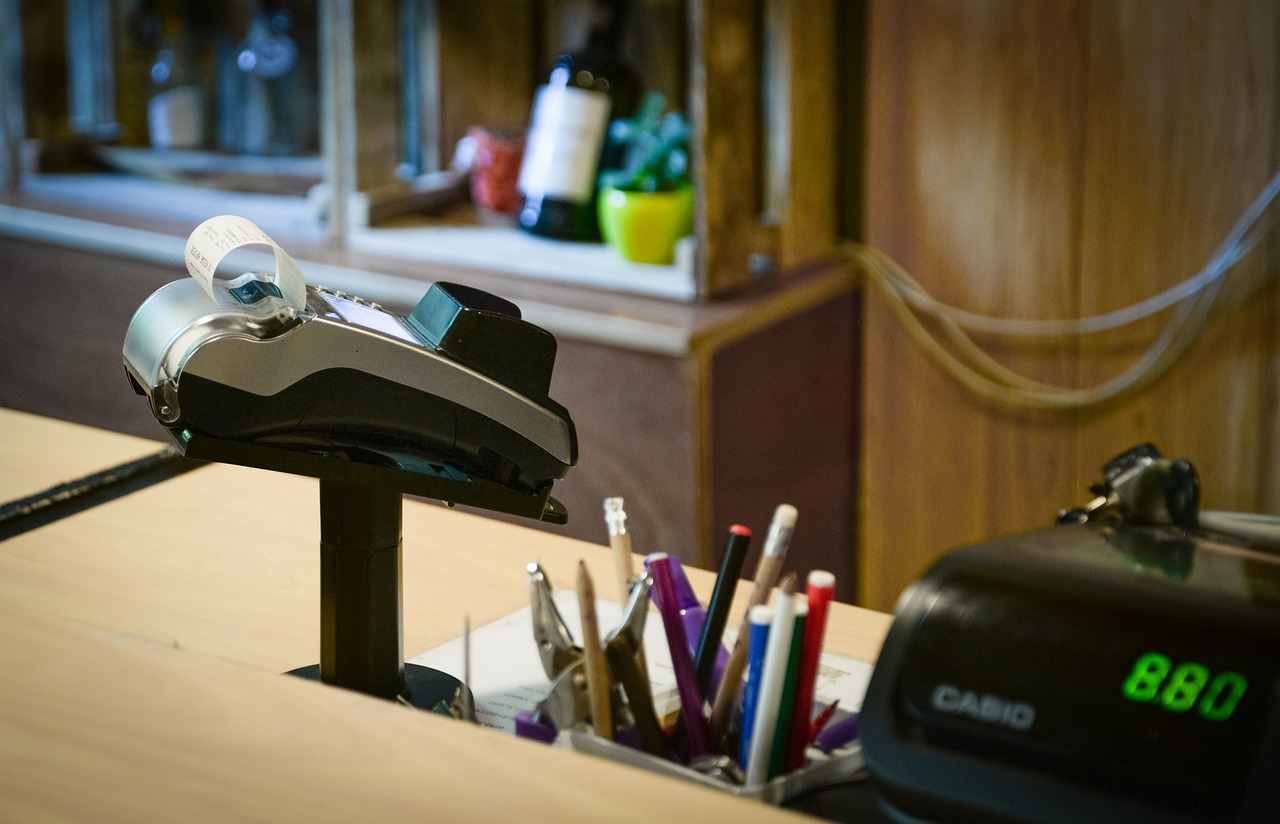Accepting payments in store is often a multi-step process. Many businesses opt to accept card payments, as it offers customers convenience and increased security. To do this, a business needs to set up payment machines and point of sale (POS) systems.
Payment machines are typically used for card transactions, including chip and PIN debit cards, credit cards and contactless payments. Payment machines are connected to a POS system and often require an internet connection or SIM card. The machine reads the customer’s payment information and sends it securely to the issuing bank for authorization before completing the transaction.
POS systems can also be used to accept cash payments, as well as other types of payment such as gift cards and coupons. A POS system can be used to track inventory, process returns, generate reports and more.
In addition to setting up payment machines or a POS system, businesses also need to decide which forms of payment they want to accept in-store. Some stores may only accept cash payments while others offer a variety of options such as debit and credit cards, prepaid cards, or e-wallets.
Accepting payments in-store can be a challenge, so it’s important to make sure you have the right set up and policies in place that work for both your business and your customers. With the right setup, businesses can ensure they are offering their customers convenient and secure payment options.
One of the most popular forms of payment for in-store transactions is card payments. Contactless cards are becoming increasingly popular and offer customers a faster, more secure way to pay. Many businesses also accept mobile payments via smartphones or wearables, such as Apple Pay or Google Pay.
Businesses can set up payment machines or POS systems to accept card payments. These machines are connected to the bank, allowing customers to quickly and securely pay with their credit or debit cards. The payment machine or POS system can also be used for other transactions such as gift cards, loyalty programs, refunds, etc.
For businesses that want more control over their operations, they may opt to use a POS system instead of a payment machine. A POS system allows businesses to process payments, track sales and inventory, create customer profiles, manage loyalty programs and more. It also provides businesses with detailed reports that help them understand their customers’ buying patterns and make better business decisions.
No matter which method you choose, it’s important to ensure the security of card payments. Payment machines and POS systems have built-in safeguards that help protect customers’ information and prevent fraud or misuse of data. Additionally, businesses should make sure they are compliant with all applicable laws and regulations related to card payments.
In today’s increasingly digital world, it’s important to have the right payment infrastructure in place. Whether you’re using a traditional point-of-sale (POS) system or opting for more modern options like payment machines, having an efficient and secure way to accept payments will help keep customers’ data safe while also providing an easy and convenient experience.
The most important part of setting up a payment system is making sure it is secure. This means ensuring that the terminals, machines, and software follow industry security standards like PCI-DSS compliance or EMV chip support. It’s also important to keep your systems updated with the latest patches and security updates.
When it comes to accepting card payments, you’ll want to make sure you have terminals that accept different types of cards, including traditional credit and debit cards, prepaid cards, and contactless payment methods like mobile wallets. You’ll also need to ensure that the terminal is connected to a secure network or Wi-Fi connection.
For more modern approaches like payment machines or POS systems, it’s important to make sure they are compliant with the latest payment processing standards. This includes integrating features like fraud prevention and tokenization to protect customer information when it’s being processed. Additionally, you’ll need to ensure that any devices connected to the system are secure themselves and have updated antivirus software installed.
Accepting payment in store is a convenient way to get paid quickly. With the right setup, businesses can easily and securely accept card payments while providing customers with a great experience. Making sure your payment system is secure and up-to-date will help ensure that both you and your customers are protected from fraud or data misuse.
Finally, make sure you know your industry regulations for accepting payment, such as any applicable tax laws or local regulations. Doing so will help you stay compliant and keep your business in good standing. By understanding the various methods of accepting payment, you can choose the best method for your store and ensure that it is implemented correctly and securely. This is key to providing a seamless customer experience while also keeping their data safe.

